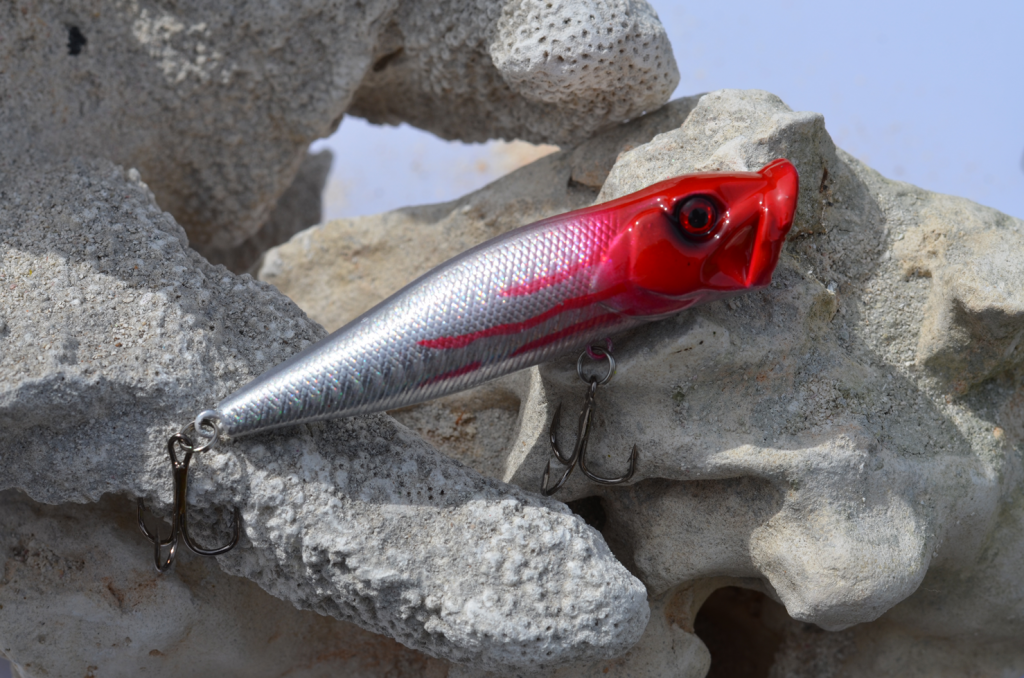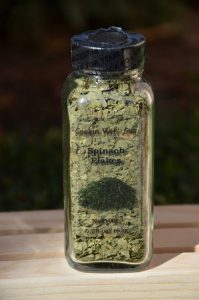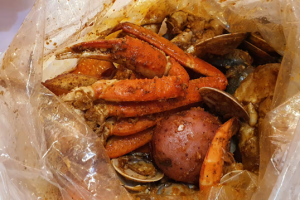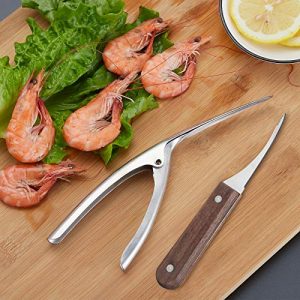Surf Fishing With Poppers

Souga Red Silver Bleeding
Just imagine standing in the ocean with the surf rushing past your ankles. Waves crashing, foam everywhere, and the knowledge that fish are all around looking for something to eat. What I know is I’m surf fishing with poppers, and the anticipation is about to get the best of me.
This is exactly where I like throwing poppers. Water crashing everywhere, and a popper struggling to make its way to someplace safe. And WHAM, something inhales your bait and takes off in any direction except towards you. Seeing a fish boil on your bait, exiting the water with their mouth wide open, gets your blood pumping. When throwing poppers into the surf, throw the bait out as far as you can and let it tumble in the water. A few sharp jerks when the popper is in smooth water, let it coast in, and be pulled back out with the side should get you bit. Remember to vary the retrieve because what works one day may not work the next. One of my favorite techniques is to stand in knee-deep water
In my surf fishing experiences, you should expect that you have no idea what’s going to inhale your bait. And that’s part of the excitement. I wouldn’t recommend line weight less than 12lb test for mono or 15lb test braid. The reason for this recommendation is halibut can be caught in the surf. They can get big and are mean and will take off for deeper water in an instant. Sharks and rays are also prevalent in the surf. Rays are flat and can hide in extremely shallow surf so prepare your drag accordingly. Sharks will destroy plastic baits so consider yourself lucky if you get it back if a shark inhales it.
Scouting Surf Fishing With Poppers Locations
When preparing to go surf fishing, visit a local shoreline or beach when the tide is low and look for the shallow areas and the deeper holes. These bottom features will be much easier to see at low tide when water levels have dropped with the tide. During low tide, the typical wave builds up and crashes onto the outer bar. During high tide, waves often build without breaking and roll over the outer bar. So it’s always better to scout out prime fishing locations on a low tide when the breaking waves make cuts easier to spot. Fish are more active and closer to shore at night, especially predatory species like snook, tarpon, and striped bass. To surf fish safely and effectively: Use glow-in-the-dark lures or attach small lights to your line for better visibility.
When planning a surf fishing session, look for calm conditions with wave heights of 1 to 2 feet, ideally during the incoming tide from two hours before to one hour after high tide. Wear reflective gear for safety.
![]()




